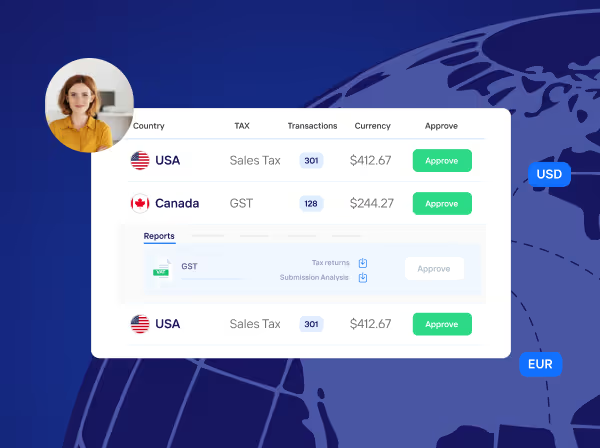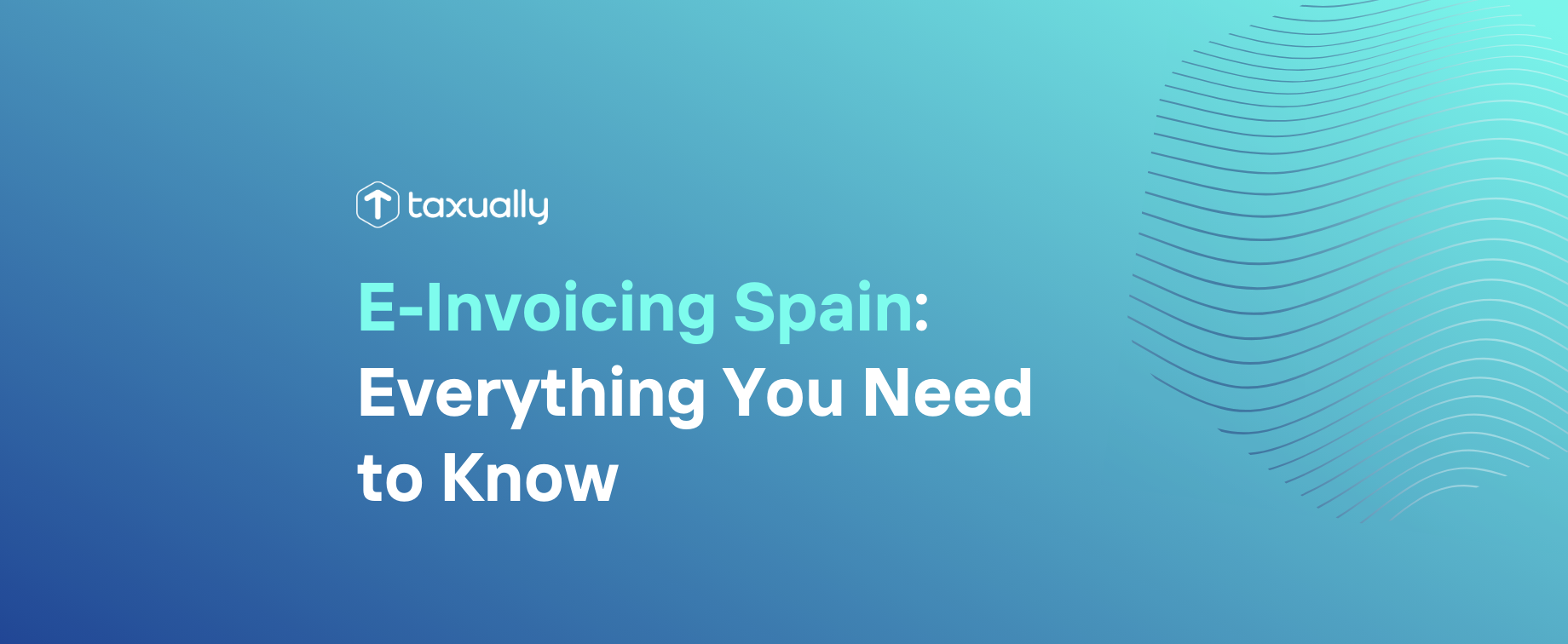Key takeaways
- VDAs help reduce past tax liabilities: Voluntary disclosure agreements allow businesses to resolve unreported sales tax obligations while minimizing penalties and interest.
- Timing is essential: Businesses must apply before receiving a nexus letter—once contacted by the state, they’re no longer eligible.
- Smart use saves clients money: When managed correctly, VDAs shorten audit lookback periods and can save clients more than the cost of filing.
Voluntary disclosure agreements can benefit your clients if you know when and how to use them.
Voluntary disclosure agreements (VDAs) can be a very powerful tool for accountants and firms to use. If used correctly, they can help mitigate prior period sales tax exposure. Learning when and how to use VDAs is important for accountants and tax advisors who want to be able to give their clients an advantage.
What Exactly Is a VDA?
A voluntary disclosure agreement is a legal agreement between a state revenue agency and a company that realizes it hasn’t met its obligations related to sales and use tax compliance. If a taxpaying company has been engaging in business in a state without notifying that state, they’re violating nexus rules.
A VDA gives businesses the opportunity to come forward voluntarily and disclose that they’ve been operating in a state without notifying that jurisdiction. They allow CPAs and advisors to come to an agreement about what their client owes, avoiding costly interest and penalties in the future.
Timing is crucial with VDAs. For the disclosure process to be effective, the taxpayer must come forward first. If the government has already sent out a nexus letter to a business, they’ll be disqualified from using the voluntary disclosure as a loophole.
When Should You File a VDA For a Client?
As businesses expand their multi-state footprint, they may be creating material exposure due to compounding and unfulfilled tax filing obligations. If a company’s sales taxes are delinquent or if they’re housed in a larger liability state, filing a VDA could be a smart business decision.
LumaTax makes filing a VDA easier than ever. Our technology reveals the precise date a company should have registered in each taxing jurisdiction, what the exposure is, and whether or not that exposure rises to the level that warrants voluntary disclosure.
What’s the Next Step?
The process differs state to state, and it can be cumbersome. From a practical standpoint, it could take two to twelve months to complete a VDA, depending on the state and level of complexity. No matter the jurisdiction, the process is always initiated when an accountant sends a letter on behalf of an anonymous taxpayer. Accountants and advisors should declare that they are representing their client anonymously (where available), but in good faith, and complete the state’s form for voluntary disclosure, proclaiming the type of business and some basic background info without personally identifying the company. A business's name should never be released until an agreement has been signed with the government stating the process is going to proceed.
How Will Your Client Benefit?
Clients who qualify for a VDA could benefit from it in many ways. In some instances, it could get them off the hook for back interest and penalties because a majority of states offer some sort of concession on interest and penalties adjustments. A VDA will also set a firm date of how far back a state can audit a business—generally a “lookback period” of three or four years. As long as no lying or fraud is committed during the voluntary disclosure, it precludes the government from going back further, which is a huge benefit. If the VDA is warranted, it could save a company more money than they’ll pay an accountant to file it.
If the circumstances lend to it, VDAs can be a great tool for CPAs and firms to mitigate potential costly penalties for their clients. With LumaTax solution, we aim to make filing a VDA easy and more efficient for accountants, tax advisors, and their clients. Our cutting edge tools automate the complex process of determining sales tax compliance, making a VDA an approachable option for more taxpayers.
Frequently asked questions
New Year's Day - 1/1/2024Memorial Day - 5/27/20244th of July - 7/4/2024Labor Day - 9/2/2024Thanksgiving Day - 11/28/2024Day after Thanksgiving - 11/29/2024Christmas Eve - 12/24/2024Christmas Day - 12/25/2024
What is a Voluntary Disclosure Agreement (VDA)?
A VDA is a legal agreement between a business and a state tax authority that allows companies to voluntarily disclose past sales tax liabilities. In exchange, states typically reduce or waive penalties and limit how far back they can audit.
When should a business consider filing a VDA?
Businesses expanding into multiple states or discovering unfulfilled sales tax obligations should consider a VDA to resolve exposure before being contacted by a state. Timing is key — once a nexus letter is issued, eligibility is lost.
How long does the VDA process take?
The timeline varies by state but generally takes between two and twelve months. The process begins with an anonymous letter from the accountant or advisor on behalf of the client.
What are the main benefits of a VDA?
VDAs can eliminate or reduce penalties and interest, establish a limited “lookback period” (typically three to four years), and prevent future audits from covering earlier periods.
How can accountants simplify the VDA process?
Using automation tools like LumaTax helps identify when and where nexus occurred, determine exposure levels, and streamline filing — saving time while ensuring compliance accuracy.



















